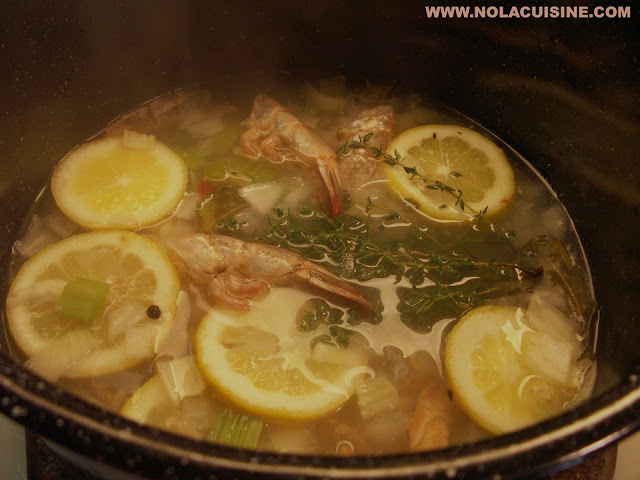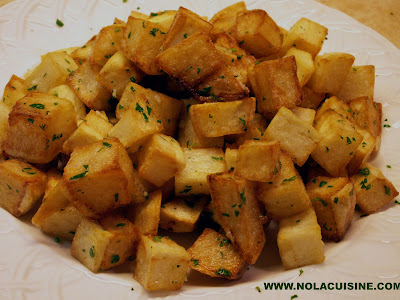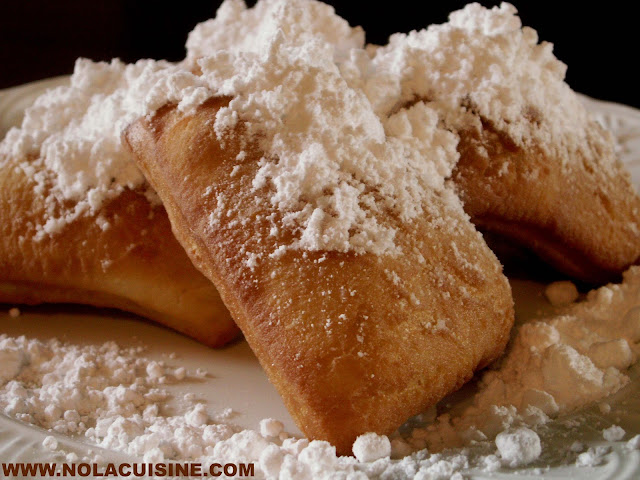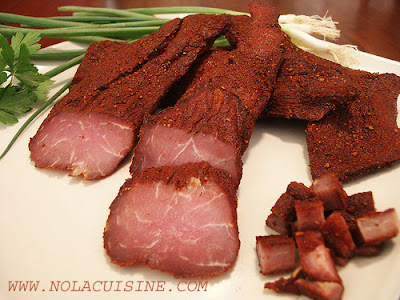Back when I did my review of Cajun Grocer’s Turducken in November, Charlie asked me if I would like to do a review of their Live Louisiana Crawfish when the season came around. Hmm…live Louisiana crawfish, for free? Let me think about it…..just kidding, of course!
Thanks a million to Charlie and the folks at Cajun Grocer for sending such a generous portion of a superior product, and all I had to do was just write about it, which I do for fun anyway!
I contacted Charlie from Cajun Grocer last week and he asked me when I planned on boiling them and I said Saturday, he suggested shipping them Thursday for Friday and keeping them someplace cool with a bag of ice on them until I was ready to boil on Saturday, this worked out perfectly. The crawfish arrived early Friday morning and I promptly did as he said, hosed them down in the sack, and placed them into a cooler with a bag of ice over them. I peeked around through the purple sack in awe of the size of some of the little devils, as their beady little eyes watched me as well.
 |
| From Crawfish Boil |
When Saturday rolled around I hosed them down again and placed them back into the cooler, again covered with ice. I invited my brother Brad and his girlfriend Heather over for a boil, the 15 lbs would be more than enough for the four of us, you see, up in Michigan folks don’t crush the 5-8 pounds that can be standard in Louisiana.
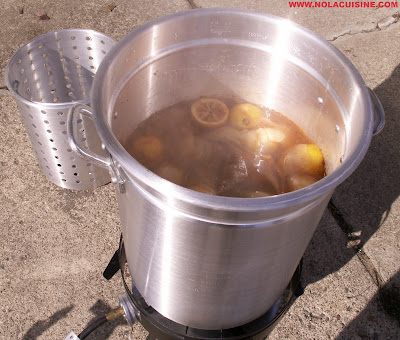 |
| From Crawfish Boil |
I got my liquid boiling away (my crawfish boil recipe) in the afternoon in a 30 quart Turkey Fryer with a basket insert at the ready. I cut my onions, lemons, garlic, corn, washed the new potatoes and headed out to cut the sack open and sort through the critters to remove any casualties from travel and time, and I was pleased to find that there were very few dead ones, and in fact the majority were extremely feisty.
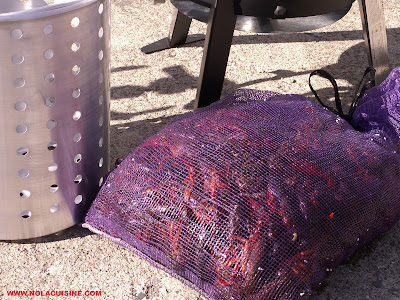 |
| From Crawfish Boil |
 |
| From Crawfish Boil |
Even more impressive than than how feisty they were, was their size, varying from medium to gargantuan like this one.
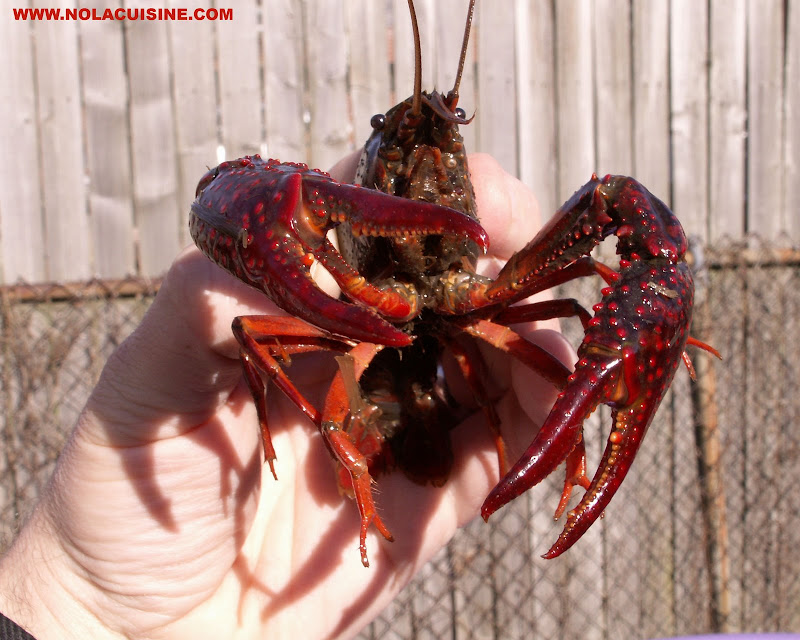 |
| From Crawfish Boil |
I picked through them one by, sorting them in my 2 1/2 year old daughters wading pool, as she watched in horror. “In my poool!!! in my pool!!”
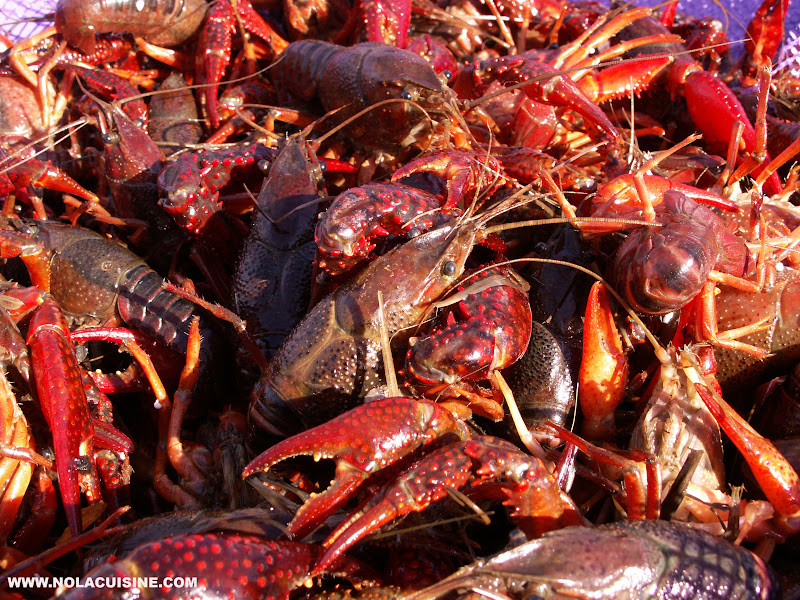 |
| From Crawfish Boil |
After I got them sorted I washed them several times by first hosing them down, then leaving them in the basket and placing it into a large pot, filling it with water, draining, filling with water, draining, until the remaining water was eventually clean, about 3-4 times. Clean and ready for the boil!
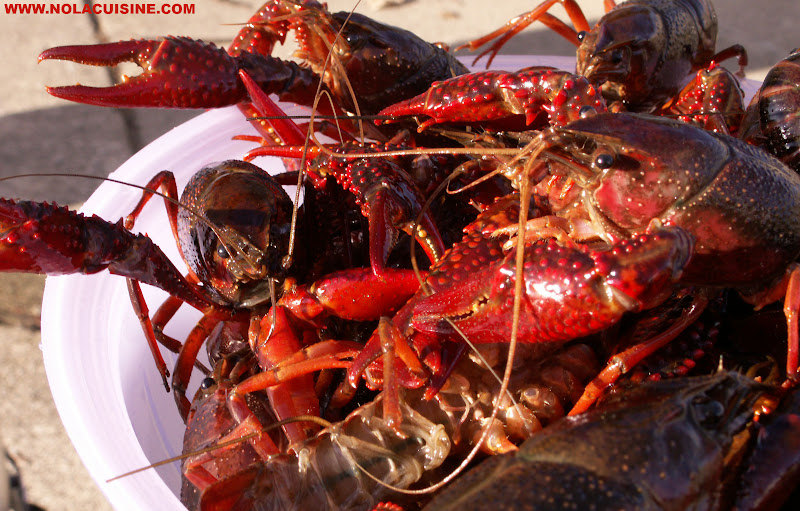 |
| From Crawfish Boil |
Coming next, the Crawfish Boil Recipe using Cajun Grocer’s Crawfish!
Related Posts:
Preview Pic!
 |
| From Crawfish Boil |
Be sure to check out my ever growing Index of Creole & Cajun Recipes whick links to every recipe featured on Nola Cuisine!

